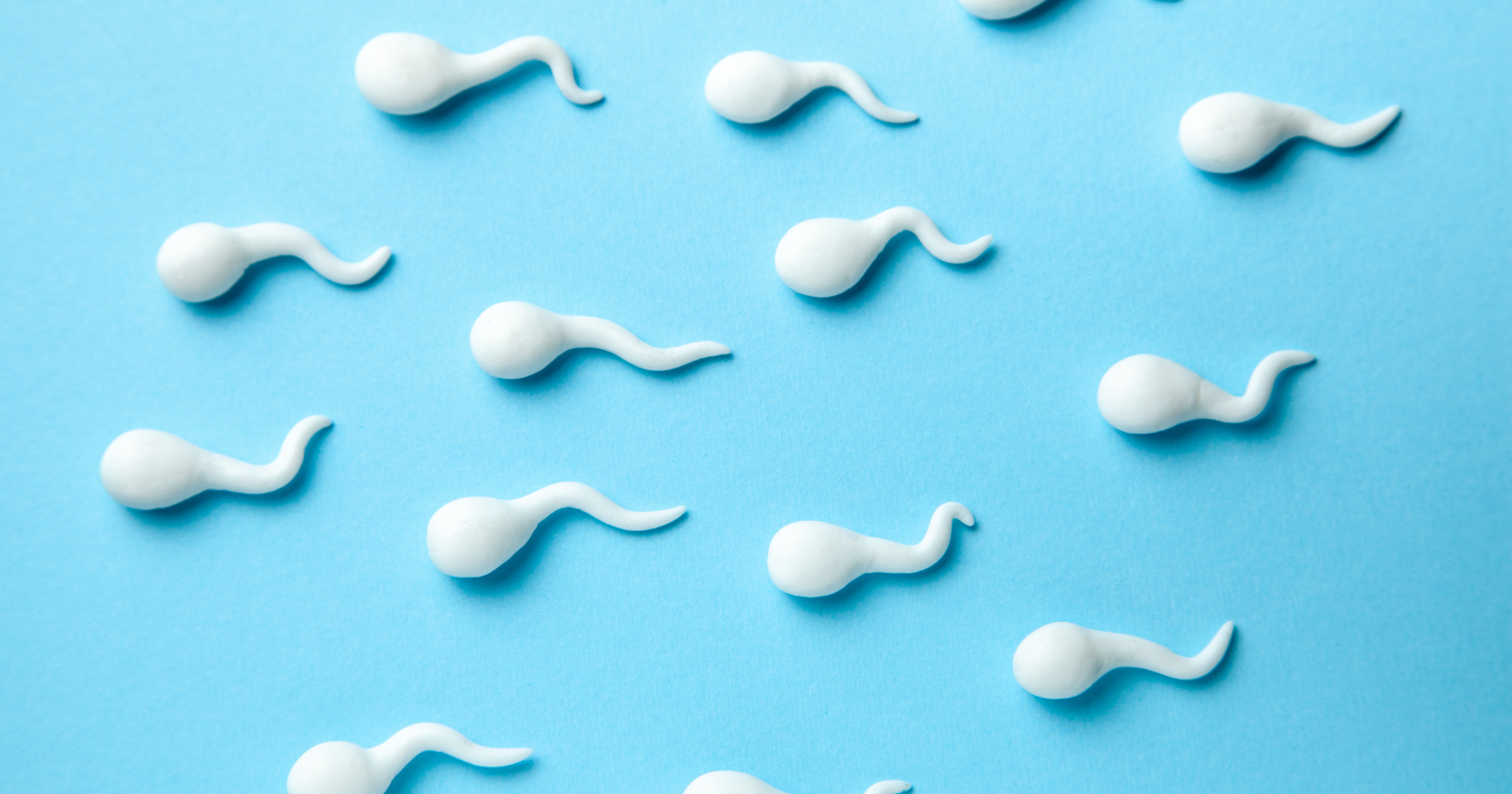
When it comes to quirky yet important questions, one that might make you chuckle is, How long can sperm survive on a toilet seat? It’s the kind of query that sparks both curiosity and a bit of bathroom humor. Understanding the survival rate of sperm outside the human body—especially on something as mundane as a toilet seat—can help clear up myths and ease any irrational worries. So, let’s dive into the science behind this question and find out why the chances of sperm setting up camp on your toilet seat are as slim as a bathroom ghost story coming true!
So How Long Can Sperm Survive On A Toilet Seat

So, how long can sperm survive on a toilet seat? The short answer is not very long! Sperm are like delicate little swimmers that need the perfect conditions to survive, and a cold, hard toilet seat is far from their ideal habitat. In fact, once sperm are exposed to air and a dry surface, they usually die within a few minutes.
Think of it this way: sperm on a toilet seat are like fish out of water—they’re not going to last long. So, unless your toilet seat is hosting a tropical spa for microscopic swimmers (spoiler: it’s not), you don’t have much to worry about!
Implications for Fertility and Conception

Understanding the survival of sperm on a toilet seat is pertinent to discerning the likelihood of fertility and conception through indirect contact. The nature and vitality of sperm outside the body carry implications for the potential of fertilization.
Conception Through Indirect Contact
The possibility of conception through indirect contact with sperm, such as from a toilet seat, is exceedingly low.
Sperm requires specific conditions to survive and remain viable, which are not typically met outside the human body.
For fertilization to occur, sperm must reach an egg during ovulation.
This process normally involves direct ejaculation into the genital tract, where sperm travels through the cervix into the uterus and then to the fallopian tubes.
If sperm were to be deposited on a toilet seat, it would be exposed to air and environmental conditions that would rapidly diminish its viability.
The Role of Sperm Health in Fertility

For conception, the health and vitality of sperm are crucial.
A high sperm count and good motility increase the odds of a sperm cell reaching and fertilizing an egg.
Fertilization typically occurs within the fallopian tubes, and sperm must survive the journey from the cervix through the uterus and into the tubes.
Semen protects and provides nutrients for sperm, but once outside this environment, such as on a toilet seat, sperm survival is significantly compromised.
Factors that affect sperm health include timing within the menstrual cycle, exposure to favorable environments, and the absence of external contaminants.
While In Vitro Fertilization (IVF) can bypass many of the natural fertility barriers, in the context of natural conception, the health of the ejaculated sperm is paramount.
Health and Hygiene Considerations

Understanding the lifespan of sperm on surfaces such as toilet seats and the risks involved is crucial for maintaining health and hygiene.
By considering how to prevent infections and accidental pregnancies, you can be more confident in your approach to toilet hygiene and personal practices.
Preventing Unwanted Pregnancies and Infections
Your need for accurate information about contraception and sexually transmitted infections (STIs) is vital.
Sperm may survive on a toilet seat for a brief period; however, the probability of sperm living long enough to cause pregnancy is extremely low.
Nevertheless, you should know that certain STIs, including those caused by bacteria such as chlamydia and gonorrhea, can be contracted from contaminated surfaces if there are breaks in the skin or mucous membranes that come into contact with them.
- Barrier Methods: Utilize condoms or dental dams during intercourse to reduce the risk of STIs.
- Clothing: Sit on a toilet seat with your clothing to minimize direct contact.
- Misconceptions: Understand that many fears about contracting infections from toilet seats are based on misconceptions, not truth.
Maintaining Personal Hygiene
You must be conscientious about cleanliness in public restrooms and at home to ensure your personal hygiene is up to par and to mitigate the risk of infection.
- Personal Hygiene: Wash your hands with soap and water after using the restroom.
- Toilet Hygiene: Clean toilet seats before use or use a disposable toilet seat cover when available.
- Regular Cleaning: Regularly disinfect your home bathroom, focusing on hotspots for germs like toilet seats, handles, and faucets.
Conclusion

Sperm viability outside the body is limited. On a dry surface, such as clothing or a toilet seat, sperm are likely to survive only a few minutes to an hour. This rapid loss of viability is due to exposure to air, changes in temperature, and lack of the protective environment provided by bodily fluids.
Key Points:
- Sperm require a moist, warm environment to survive.
- Toilet seats are typically dry, which leads to a short survival time for sperm.
- The possibility of sperm surviving long enough on a toilet seat to lead to fertilization is exceptionally low.
To Remember:
- Handle personal hygiene with care for peace of mind.
- Sperm survival depends on conditions usually not present on toilet seats.
Frequently Asked Questions
Q: How long can sperm live outside the body?
A: Sperm survival outside the body depends on the conditions. On a dry surface, they can live for a few minutes to an hour. However, in a moist environment, such as inside a woman’s body, they can survive up to five days.
Q: How many sperm are in a single ejaculation?
A: On average, a single ejaculation contains about 200 million to 500 million sperm. However, it’s worth noting that only a few hundred sperm will reach the fallopian tubes, and only one will fertilize an egg.
